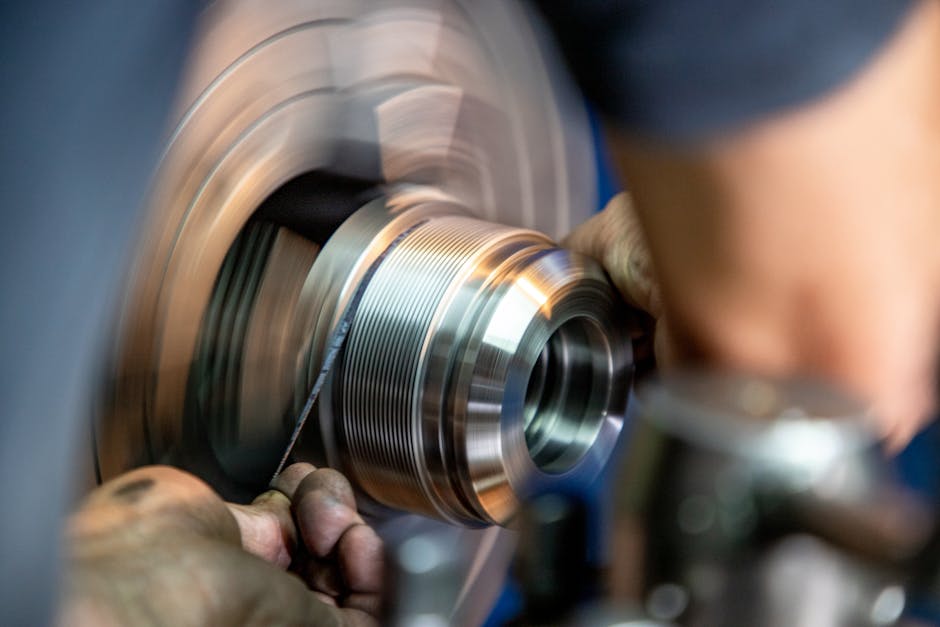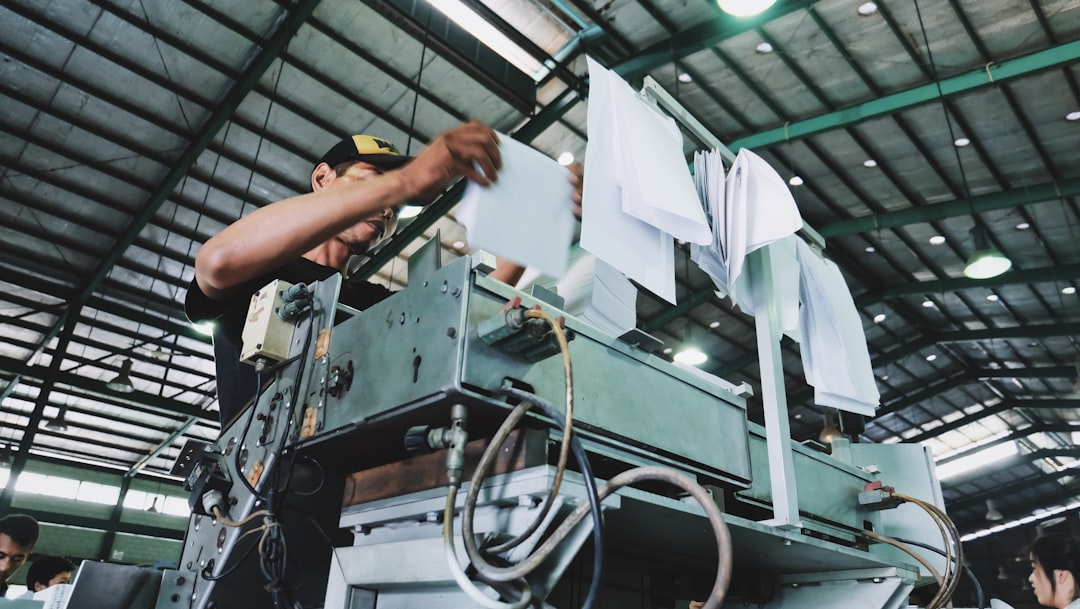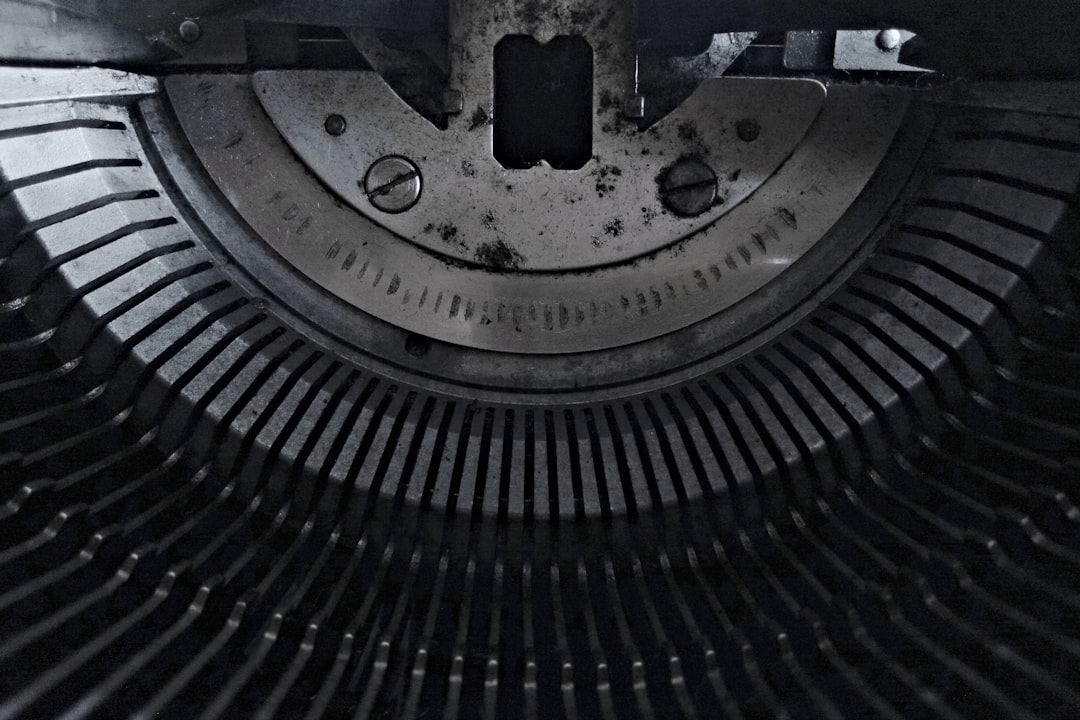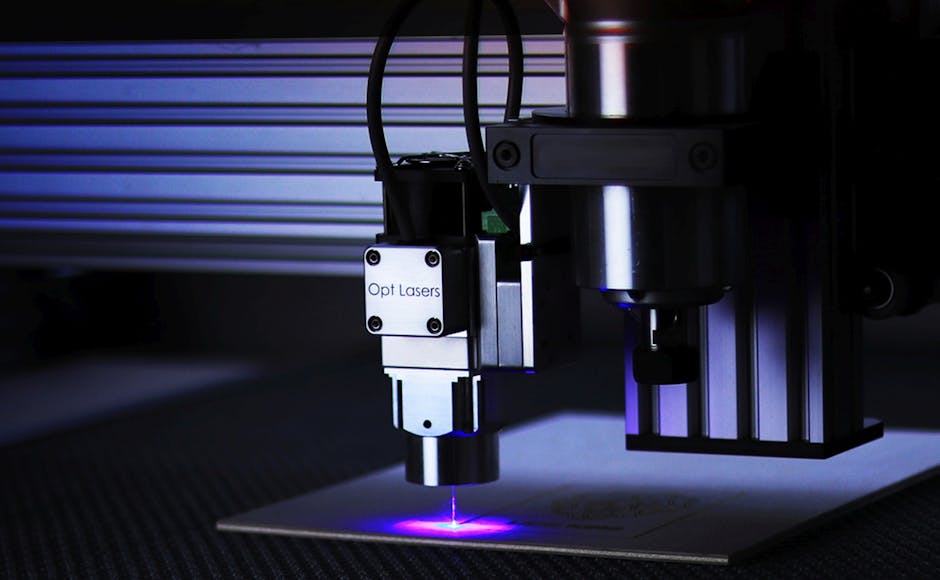When it comes to delivering quality and precision in machining, the horizontal mill stands out as a versatile and efficient tool. Here’s a quick rundown of what you need to know:
- Orientation: Horizontal mills have a unique horizontal spindle orientation, which allows for deep and robust cuts.
- Capabilities: Ideal for creating slots, grooves, and working on multiple sides of a workpiece.
- Applications: Favored in heavy-duty industries like aerospace and automotive for high-volume production.
In CNC machining, precision is everything. Horizontal milling machines play a crucial role in achieving this level of precision, especially when producing complex parts for industrial machinery. Whether you’re manufacturing large engine blocks or intricate components, horizontal mills provide the accuracy and efficiency needed to meet demanding specifications.
Horizontal machining excels in environments where precision and high-volume output matter most. From reducing chip buildup with efficient evacuation systems to the ability to machine multiple sides of a workpiece, these machines provide the versatility necessary for a wide range of applications. If you’re dealing with hefty projects needing top-notch precision machined parts, a horizontal mill is an indispensable asset.

Horizontal mill terms simplified:
markdown
- [5 axis](https://tmc-technologies.com/5-axis/)
- [small 5 axis cnc machine](https://tmc-technologies.com/small-5-axis-cnc-machine/)
Understanding Horizontal Mills
Horizontal Mill Construction and Design
Horizontal mills are designed for precision and efficiency. At the heart of these machines is the horizontal spindle, which is positioned parallel to the worktable. This design allows the spindle to move along the Z-axis, providing vertical movement, while the worktable can traverse the X-axis for longitudinal movement.
This setup is crucial for achieving multi-sided machining. The flexibility in movement means that operators can adjust the setup to handle complex parts with ease. By positioning the workpiece and tools at various angles, horizontal mills can tackle intricate shapes and contours with precision.
Versatility and Flexibility
One of the standout features of horizontal mills is their ability to perform a wide range of machining operations. From face milling to contouring, these machines are equipped to handle it all. The versatility comes from the ability to adjust the spindle and worktable, allowing for machining from different angles and orientations.
But it’s not just about versatility. Material removal efficiency is another key advantage. The horizontal orientation of the spindle allows for efficient chip evacuation. Gravity helps in clearing away chips during the machining process, preventing buildup that can damage tools or the workpiece. This efficient chip management is essential for maintaining the integrity of the cutting tools and ensuring smooth operation.

In industries like aerospace and automotive, where precision machined parts are critical, the ability to handle complex parts efficiently makes horizontal mills indispensable. Their design not only supports high-volume production but also ensures that each part meets stringent quality standards.
Horizontal mills bring together precision, efficiency, and flexibility, making them a vital component in any CNC machining setup. Whether you’re crafting large engine components or detailed industrial parts, these machines deliver the performance needed to stay competitive in demanding markets.
Horizontal Mill Applications
Specialized Horizontal Mills
Horizontal mills are powerhouses in heavy-duty cutting and high-volume production. These machines are built to tackle the most demanding tasks, making them essential in industries like aerospace and automotive. Let’s explore how specialized horizontal mills excel in these areas.
Heavy-Duty Cutting and High-Volume Production
Horizontal mills are designed for material removal efficiency. The horizontal spindle orientation allows for effective chip evacuation, aided by gravity. This prevents chip buildup and reduces the risk of tool damage. This efficiency is crucial for heavy-duty cutting, where large amounts of material need to be removed quickly and accurately.
In high-volume production settings, horizontal mills shine. Equipped with features like automatic pallet changers, they minimize setup times, allowing for continuous operation and increased throughput. This makes them perfect for environments where speed and precision are paramount.
Specialized Applications
In industries where precision is non-negotiable, horizontal mills are indispensable. Horizontal boring mills are a prime example. These machines are custom for creating large and deep holes with exceptional accuracy. They often come with adjustable facing heads or rotary tables, making them suitable for specialized tasks like boring engine blocks or large industrial components.
Horizontal machining centers (HMCs) are another specialized variant. They offer advanced capabilities for multi-sided machining and complex part geometries. Their robust construction and precise controls make them ideal for crafting intricate aerospace components or automotive parts that require tight tolerances.
Aerospace and Automotive Industries
The aerospace industry demands precision-machined parts that meet rigorous standards. Horizontal mills are up to the task, producing components like airfoils, landing gear parts, and titanium shrouds with best accuracy. Their ability to handle complex shapes and large workpieces makes them a staple in aerospace manufacturing.
Similarly, the automotive industry benefits from the versatility of horizontal mills. From engine parts to dashboard panels, these machines can produce a wide range of components efficiently. The ability to perform multiple machining operations in a single setup reduces production time and improves efficiency, meeting the demands of automotive manufacturing.

Horizontal mills are not just machines; they are the backbone of CNC precision machining in industries where quality and efficiency are critical. Their specialized capabilities ensure that they remain a vital part of the manufacturing landscape, delivering high-quality components that meet the exacting standards of modern industry.
Horizontal Mill vs. Vertical Mill
Key Differences
When comparing a horizontal mill to a vertical mill, there are several key differences that impact their use in CNC precision machining. Understanding these differences helps in selecting the right machine for your specific needs.
Spindle Orientation
The most noticeable difference is the spindle orientation. In a horizontal mill, the spindle is oriented horizontally, allowing the cutting tool to approach the workpiece from the side. This is ideal for cutting across multiple sides of a workpiece, making horizontal mills perfect for complex parts and multi-sided machining.
In contrast, vertical mills have a vertically oriented spindle. This setup is more suited for operations that require downward cutting, like drilling or creating slots on the top of the workpiece.
Cutting Capabilities
Horizontal mills excel in deep cuts. Their robust design and powerful motors allow them to remove large amounts of material efficiently. This makes them the go-to choice for heavy-duty operations and projects that involve large workpieces.
Vertical mills, while not as powerful in deep cutting, offer superior visibility and ease of use for operators. They are often preferred for intricate designs that require careful monitoring.
Cost-Effectiveness
Cost is a significant factor in choosing between horizontal and vertical mills. Vertical mills tend to be more cost-effective for smaller projects due to their lower initial investment and operating costs. They are also more prevalent, which means finding skilled operators is easier.
Horizontal mills, although more expensive, provide better productivity for large-scale operations. Their ability to handle high-volume production can lead to significant cost savings in the long run through reduced cycle times and increased throughput.
Deep Cuts and Multiple Sides
Horizontal mills are designed for deep cuts and machining on multiple sides. The horizontal spindle orientation allows for efficient chip evacuation, reducing the risk of tool wear and ensuring a cleaner surface finish. This makes them ideal for projects requiring significant material removal and complex geometries.
Error Reduction
The design of horizontal mills aids in error reduction. Their orientation allows for better chip management, minimizing the chance of chips interfering with the cutting process. This results in higher accuracy and fewer defects, crucial for industries like aerospace and automotive where precision is paramount.
In summary, the choice between a horizontal mill and a vertical mill depends on the specific requirements of your project. For heavy-duty, high-volume tasks, and when machining on multiple sides is needed, a horizontal mill is often the better choice. However, for projects requiring intricate designs and lower costs, a vertical mill may be more suitable.
Next, we’ll explore some frequently asked questions about horizontal mills to further clarify their capabilities and advantages.
Frequently Asked Questions about Horizontal Mills
What is a horizontal mill?
A horizontal mill is a type of CNC machine tool with a horizontally oriented spindle. This setup allows the cutting tool to approach the workpiece from the side, unlike vertical mills where the tool comes from above. The horizontal spindle is ideal for cutting across multiple sides of a workpiece, making it perfect for multi-sided machining and complex parts. The design supports efficient chip evacuation, which helps in maintaining precision during the machining process.
What are the benefits of a horizontal mill?
Horizontal mills are known for their versatility and productivity, especially in large projects. Here are some key benefits:
-
High Material Removal Efficiency: The horizontal spindle orientation allows for efficient chip evacuation, which prevents tool damage and improves material removal rates. This makes horizontal mills suitable for heavy-duty cutting and high-volume production.
-
Multi-Sided Machining: With the ability to work on multiple sides of a workpiece without repositioning, horizontal mills offer significant time savings and increased accuracy.
-
Complex Part Handling: Their design and functionality make horizontal mills excellent for machining complex parts, often seen in industries like aerospace and automotive.
-
Pallet Changing Systems: Many horizontal mills come with automated systems that allow for quick and efficient workpiece handling, further boosting productivity.
What is the difference between a lathe and a horizontal mill?
While both lathes and horizontal mills are essential in CNC machining, they serve different purposes and operate differently:
-
Rotational Shaping vs. X-axis Cutting: Lathes are designed for rotational shaping. They spin the workpiece around a fixed cutting tool, making them ideal for creating symmetrical objects like cylinders or spheres.
-
Horizontal Mills: These machines focus on X-axis cutting, where the cutting tool moves across the workpiece to remove material. This makes them more suitable for parts that require machining on multiple sides or have complex geometries.
If your project involves creating round, symmetrical shapes, a lathe is the right choice. However, for complex, multi-sided parts, a horizontal mill offers the versatility and precision needed for the task.
Next, we’ll dive into specialized horizontal mills and their applications in various industries.
Conclusion
At TMC Technologies, we pride ourselves on offering top-tier CNC precision machining services. Our expertise in crafting high-quality components sets us apart in the industry. Located in Carroll, Iowa, we serve a diverse range of sectors, including aerospace, automotive, and more.
Why Choose TMC Technologies?
Our commitment to excellence is evident in every component we produce. We use advanced tool design techniques and state-of-the-art CNC technology to ensure every part meets the highest standards of precision. Whether you’re dealing with large, complex parts or small, intricate components, our horizontal mills are equipped to handle the task with efficiency and accuracy.
Key Benefits of Our Horizontal Milling Services:
-
Precision and Accuracy: Our horizontal mills are designed for high material removal efficiency, ensuring precise cuts and smooth finishes.
-
Versatility: We can handle multi-sided machining and complex geometries, making us the ideal choice for projects that require intricate detailing and high precision.
-
High-Quality Components: Every part we manufacture undergoes rigorous inspection to ensure it meets our quality benchmarks. This dedication to quality is why industries like aerospace and automotive trust us with their CNC machining needs.
Partner with Us
Choosing TMC Technologies means partnering with a team dedicated to innovation, quality, and customer satisfaction. We are not just a supplier; we are your partner in achieving success through precision machining.
Ready to lift your machining projects? Find more about our CNC Horizontal Machining Center services, and let us help you achieve precision and excellence in your manufacturing endeavors.
We look forward to being part of your next project and demonstrating the difference that precision and quality can make.





















